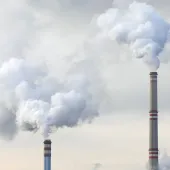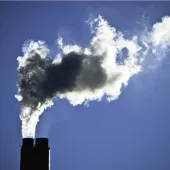Global low-carbon concrete standards launched at COP29
The Global Cement and Concrete Association (GCCA) has introduced international definitions for low-carbon cement and concrete at COP29 in Azerbaijan. The move is expected to simplify green procurement and encourage greater use of sustainable building materials worldwide.
German vice chancellor Robert Habeck highlighted the significance of this initiative during the launch, saying: “This is a big step forward towards delivering a greener built environment and a greener global economy. Lead markets for low-carbon basic materials are an important component of the policy landscape to support decarbonisation of sectors such as cement and concrete.”
The new definitions have been developed in collaboration with governments, international organisations, and industry stakeholders. They are based on environmental product declarations (EPDs), which are widely recognised for measuring carbon footprints in the construction sector.
Thomas Guillot, chief executive of GCCA, explained the importance of this step: “Concrete and its key ingredient, cement, are the most used materials on Earth after water and are essential for infrastructure, housing, and resilient communities. We call on policymakers and businesses to adopt green procurement practices to accelerate decarbonisation.”
The definitions build on work by the International Energy Agency (IEA) for the G7 in 2022 and are tailored to accommodate local benchmarks and targets while maintaining global consistency. They aim to support public and private procurement efforts to meet decarbonisation goals.
Concrete production currently accounts for around 7% of global CO2 emissions. GCCA and its members, representing 80% of cement production capacity outside China, have committed to achieving net zero emissions by 2050 through their Concrete Future 2050 roadmap.
This development is expected to drive demand for low-carbon materials, making them a central part of the global transition to a sustainable built environment.







